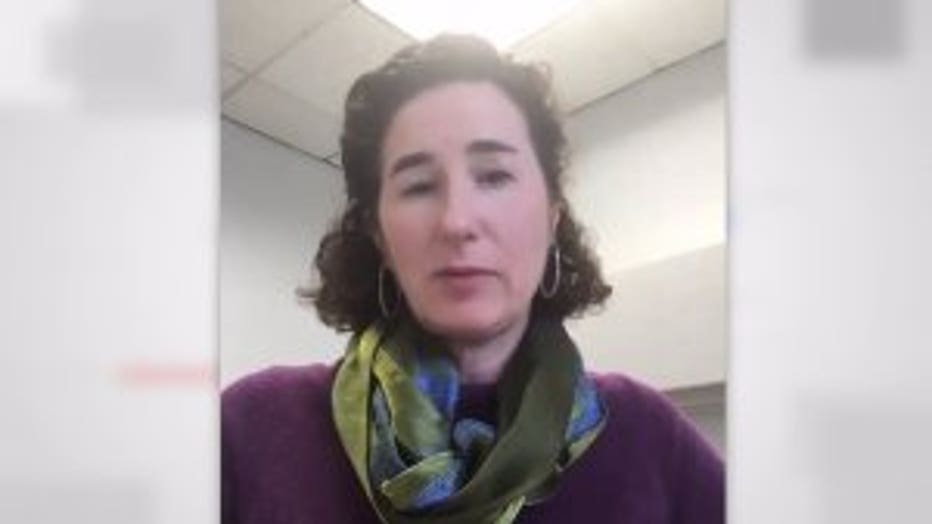'Not a time for complacency:' Milw. Co. leaders say improvements needed in COVID-19 fight
MILWAUKEE -- It's the time of year that normally brings rebirth as we awaken from a winter haze. Many are ready to get on with their lives, but Milwaukee County leaders say not so fast.

Dr. Ben Weston
"This is not a time for complacency, but rather for continued vigilance and perseverance," said Dr. Ben Weston with the Milwaukee County Office of Emergency Management.
Cases of COVID-19 continue to rise, along with fatalities. For life to get back to normal, leaders say we must make improvements.
"There are really, what I would say are five indicators that are important for us to look at to get life back to normal," Milwaukee Mayor Tom Barrett said. "If we can see a sustained reduction in cases for 14 days, I think that's a start."

Tom Barrett
Better tracing and tracking of the disease, expanded testing for everyone -- including those without healthcare providers -- and adequate personal protective equipment (PPE) and hospital care are also on the list of factors.
"Testing capacity really has to be there in order for us to be confident that we'll be able to know how prevalent COVID-19 is in our communities," said Ann Christiansen, North Shore Health Department Director.
Area hospitals are currently using 29% of ventilators, close to 50% of intensive care unit (ICU) beds and 56% of floor beds.

Ann Christiansen
"While we're seeing a flattening of the curve, we're definitely not seeing any declines in those numbers by any stretch," Christiansen said.
Now is the time to stick with the plan and see the benefits later.
"Let's keep moving as hard as we can, so we can get life back to normal," said Barrett.
Barrett also mentioned that hotspots for the virus continue to be the city's Sherman Park neighborhood, the area just north of there and on the city's south side. He hopes that, with expanded testing and tracking, there may be a reduction in cases.

